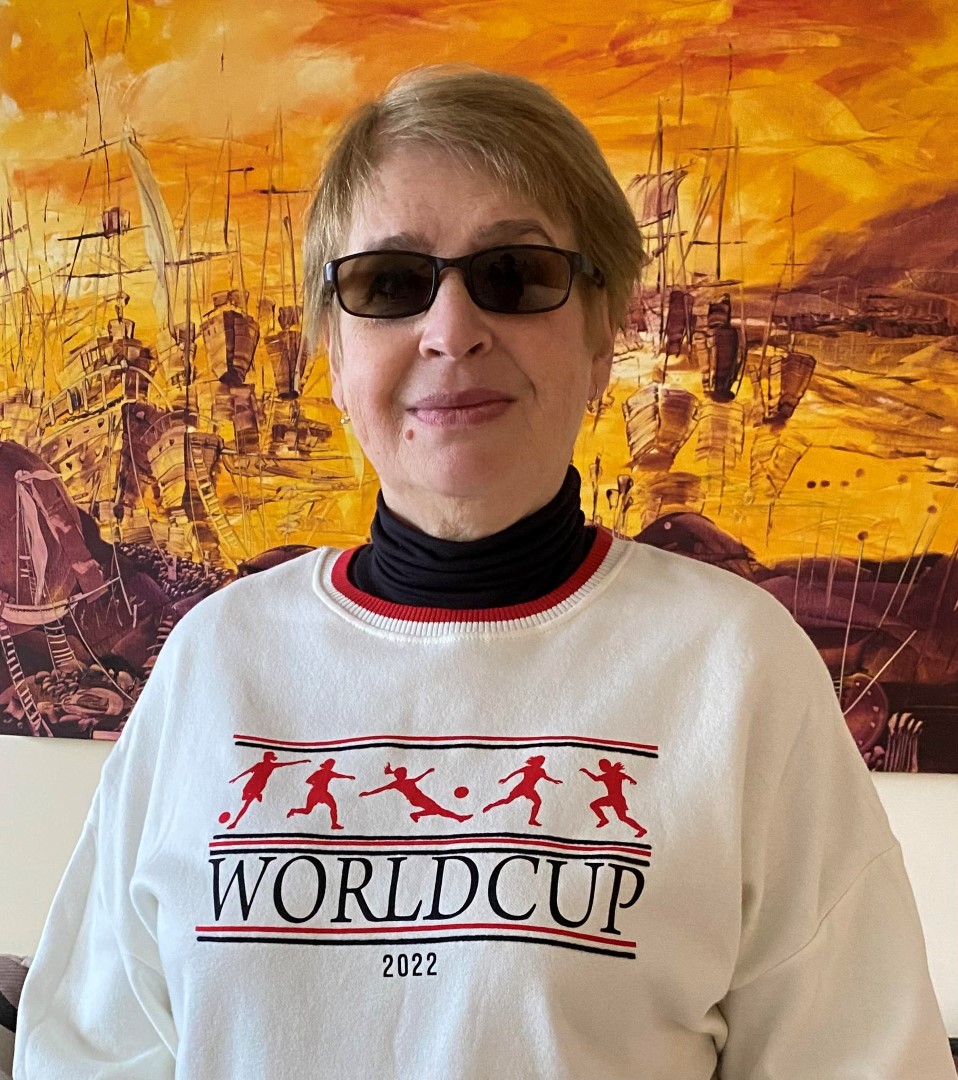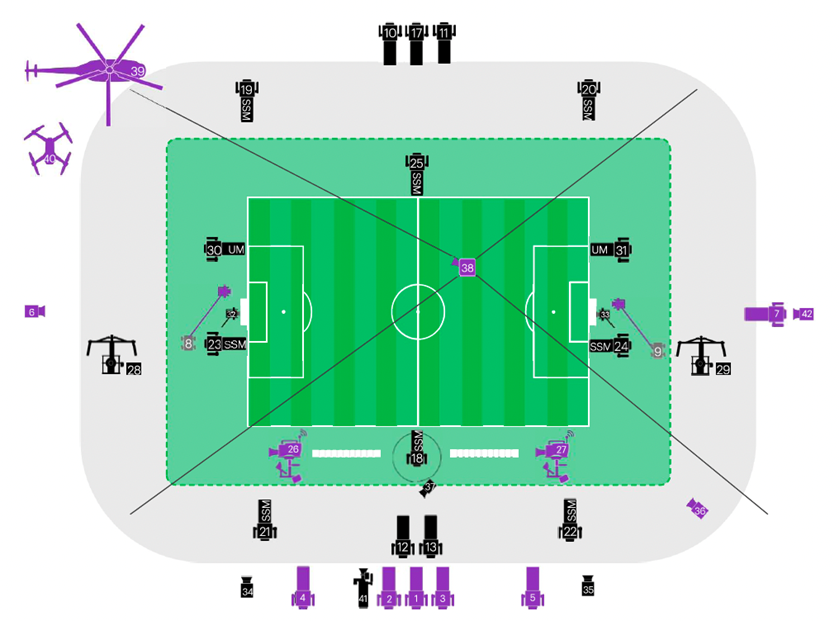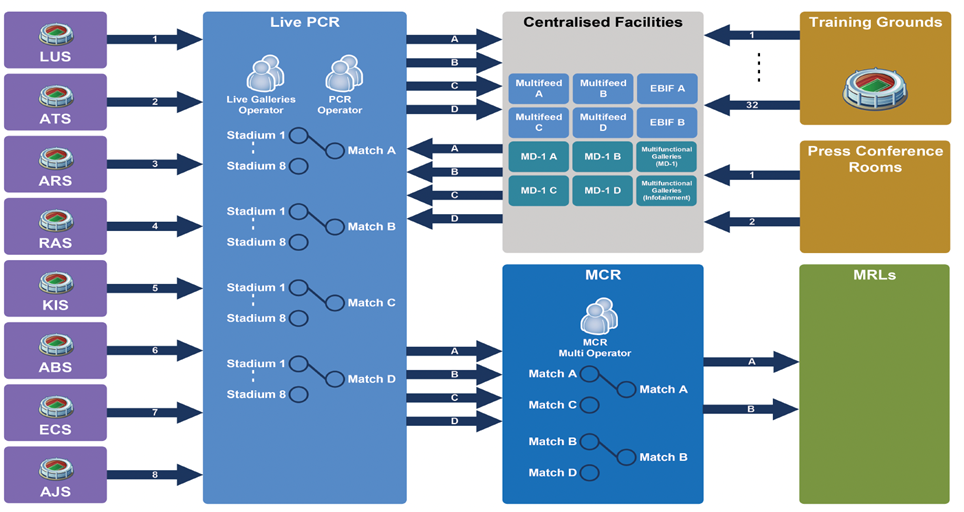2022-12-08 World Cup

The FIFA World Cup Qatar 2022 is nearly over, and the FIFA World Cup Division, which is responsible for the broadcast production, and Host Broadcast Services ( HBS ) produce a remarkable worldwide coverage, which include traditional broadcasting, OTT broadband and mobile streaming.
If we leave the art of the game itself and look in to the technology of the spectacle, we can see a huge jump forwards in creating a single, unified, UHD/HDR capture-transmission workflow for all 64 matches. This approach allows all distribution formats to be generated in a single workflow, greatly streamlining operations and setup.
The standard camera plan has 42 cameras, and both super-slo-mo and ultra-slo-mo
are in the mix, covering key players. Several RF cameras will also be used
to capture activities — fan coverage, team arrivals, VIP and player interviews —
in and around the stadium. (By Sports Video Group material) At the core of live content distribution are the multi-feeds allowing FIFA to
provide a wide range of match, pre- and post-match, and other content to
rightsholders. Multilateral feeds and selected isolated cameras will also be
available in different formats, including 12G-SDI UHD/HDR BT.2020 at 2160p/50
for selected isolated cameras and the Extended Stadium Feed. All multi-feeds
will be available to rightsholders in 3G SDI-HDR (BT.2020), 3G-SDI SDI
(REC.709), and HD-SDI SDI (REC.709). Each one will have up to 16 embedded audio
channels. The lineup of feeds:


